Roofing Services in East Grinstead are essential for protecting your property’s value and safety—delivering reliable leak prevention, structural protection, and energy efficiency from the outset. Serving London and the Home Counties, every project is managed with compliance, long-lasting results, and minimal disruption as priorities.
With years of experience, accreditations from Which Trusted Trader and CITB, and premium suppliers like Welsh Slate, ALM Lead, and Kemper, your property is in safe hands. Book a free survey today and protect your property.

Delaying roofing repairs risks leaks, hidden damp, energy loss, and gradual structural problems. For any property, putting off maintenance allows costs and risks to snowball—threatening comfort, safety, and value.

Professional Roofing Services in East Grinstead resolve these issues, restoring weather protection, improving energy efficiency, and ensuring full compliance with building regulations. Whether you’re a homeowner needing peace of mind, a landlord focused on long-term value, or a business seeking safety and operational continuity, proactive roofing care is a secure investment that pays dividends in every context.
Roofing Services in East Grinstead cover installations, repairs, upgrades, and heritage restorations for homes, businesses, and listed properties. Each service is dedicated to long-term performance and full Building Regulations compliance, delivered with high-quality materials from trusted suppliers. Every project is tailored to suit your property type—prioritising safety, durability, and care from start to finish.
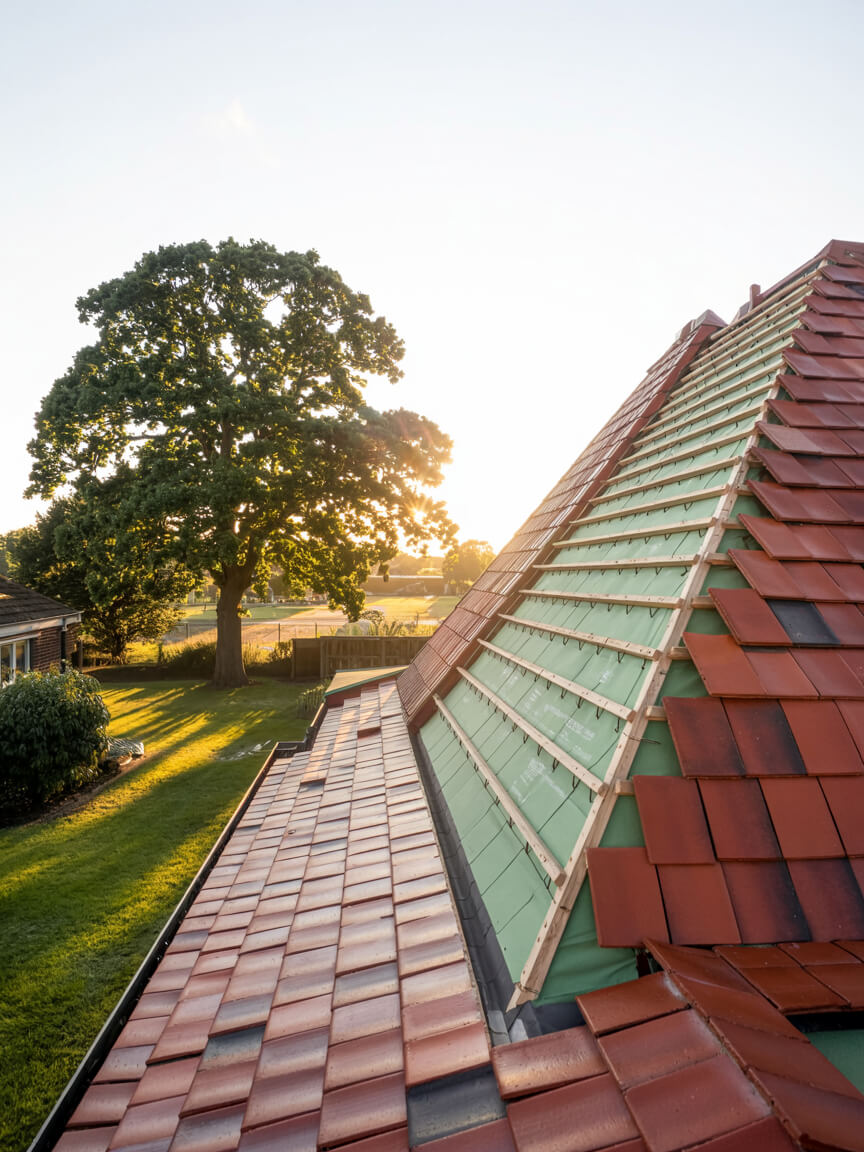
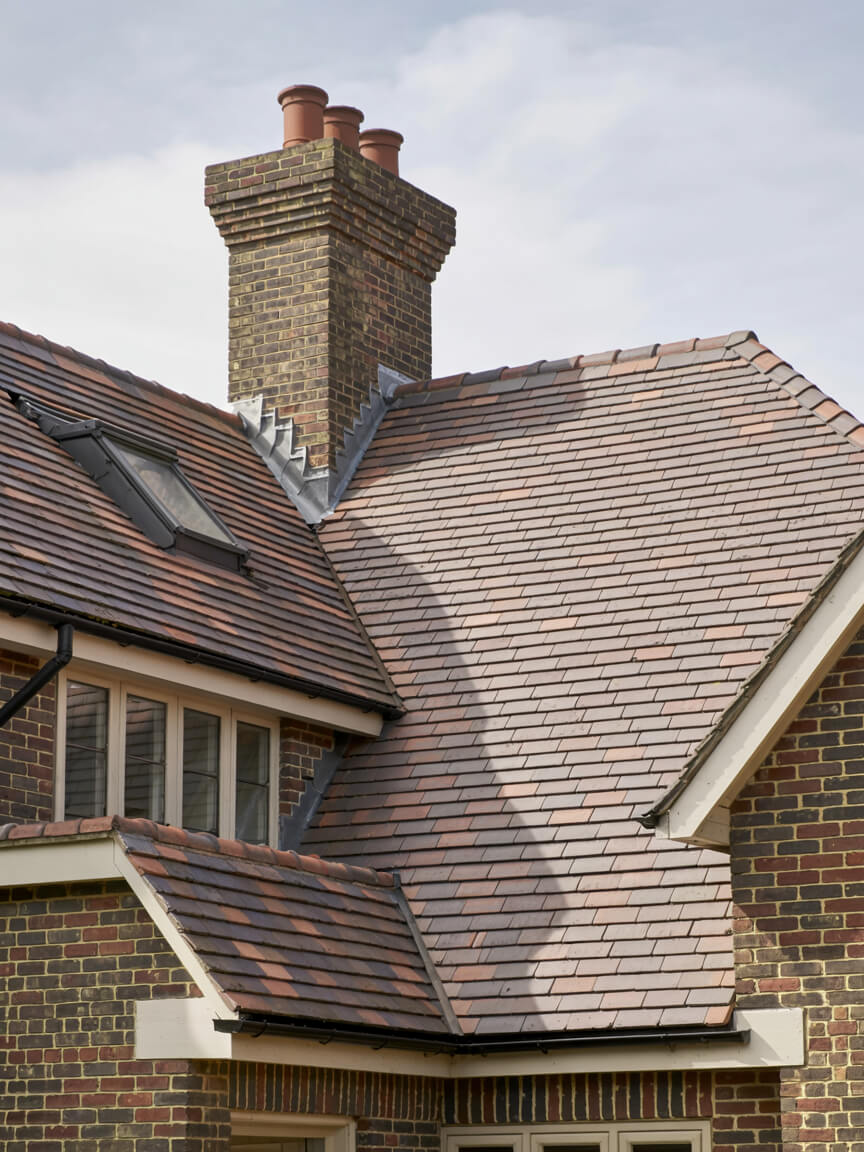
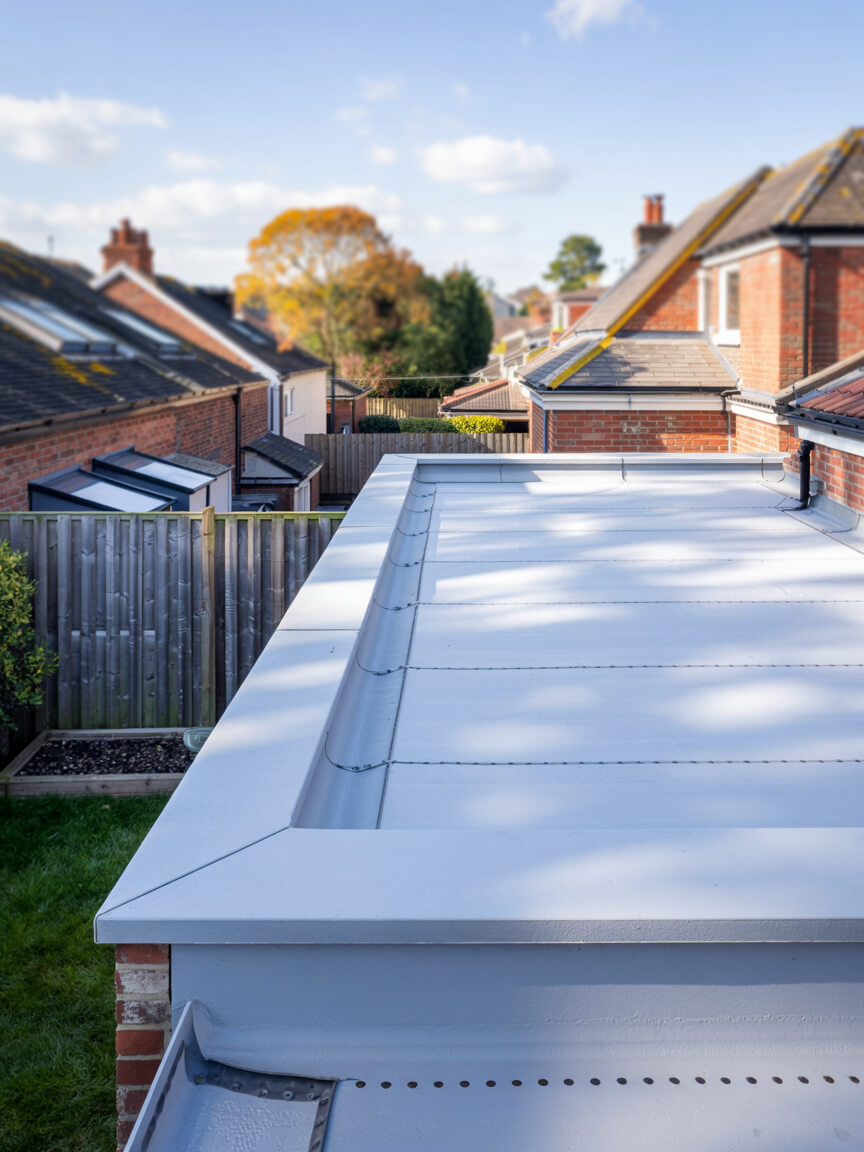
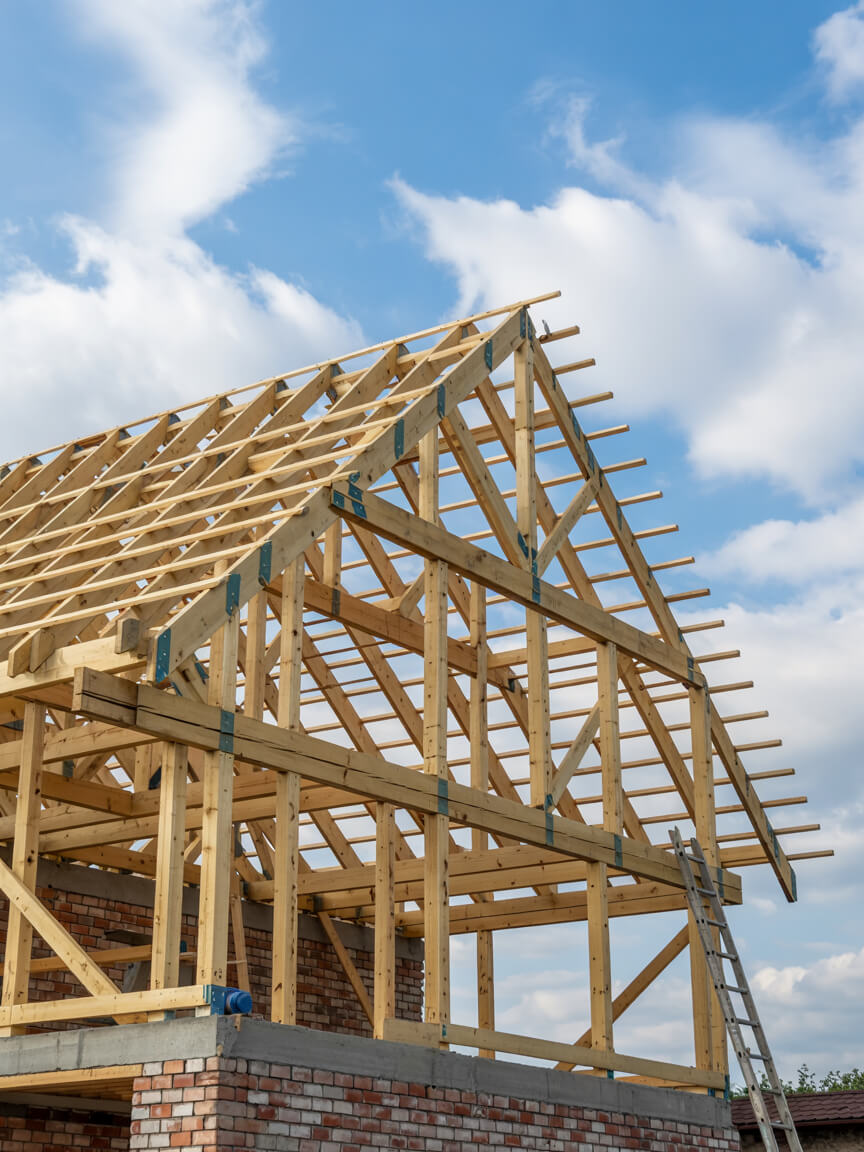
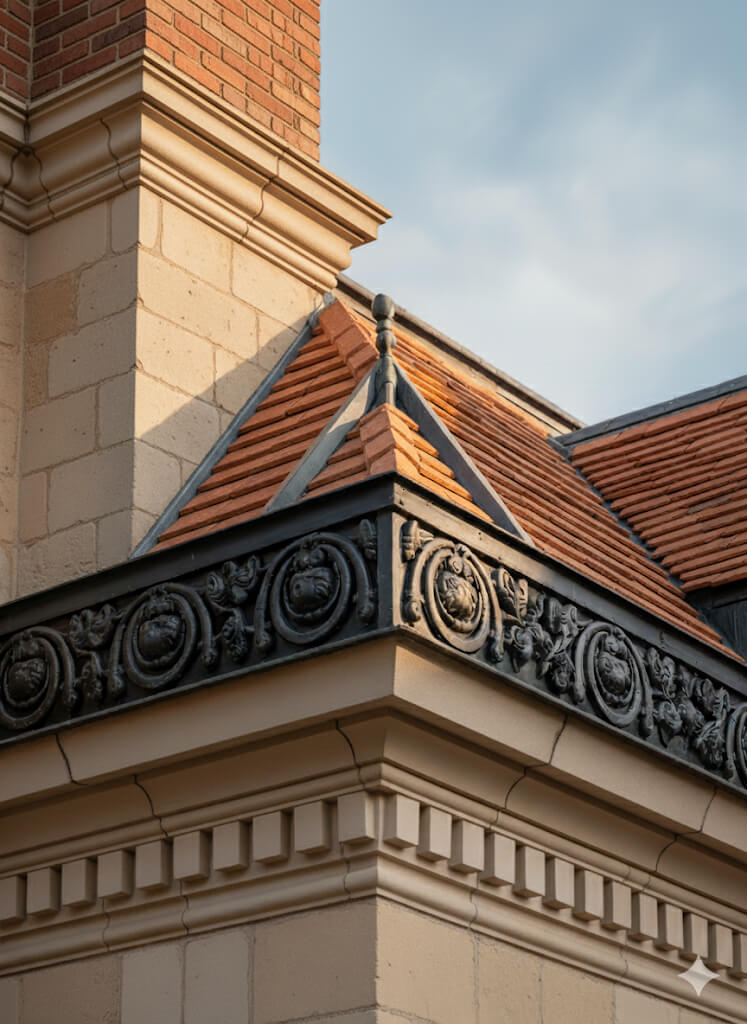
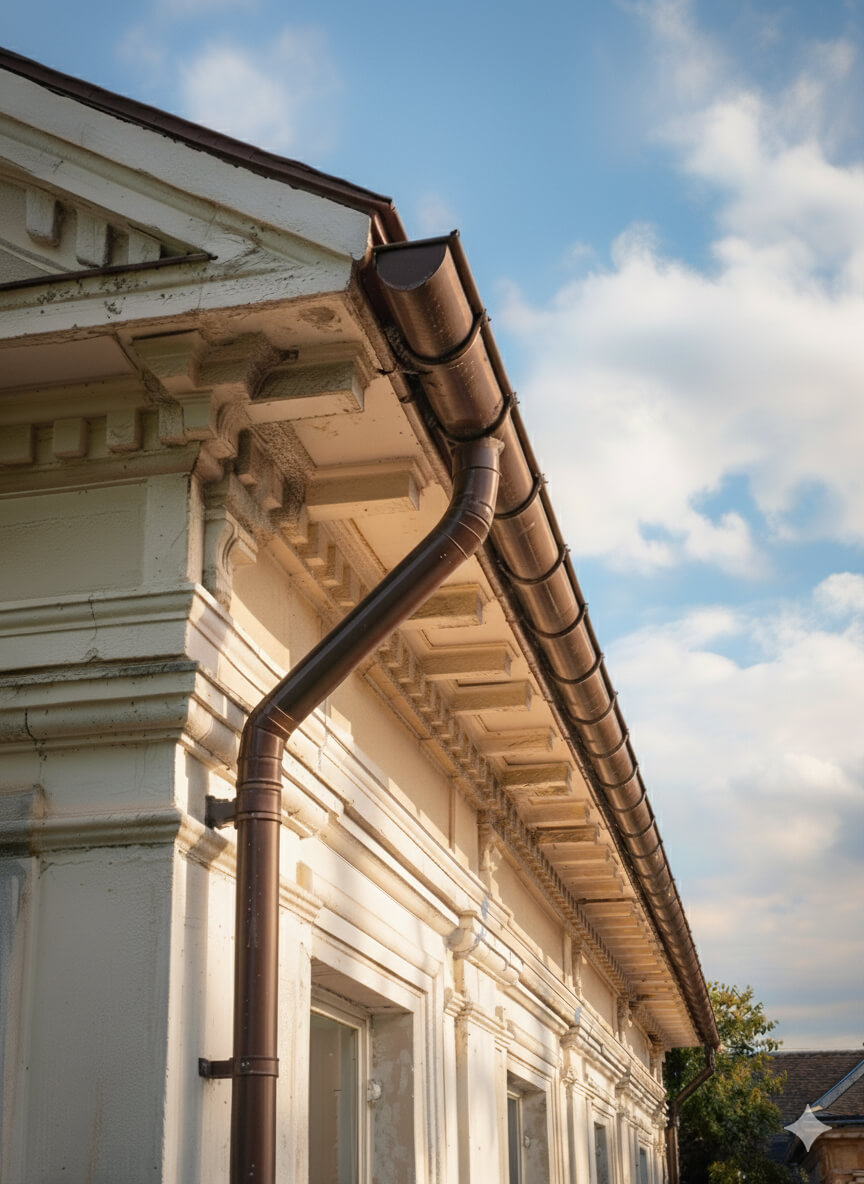

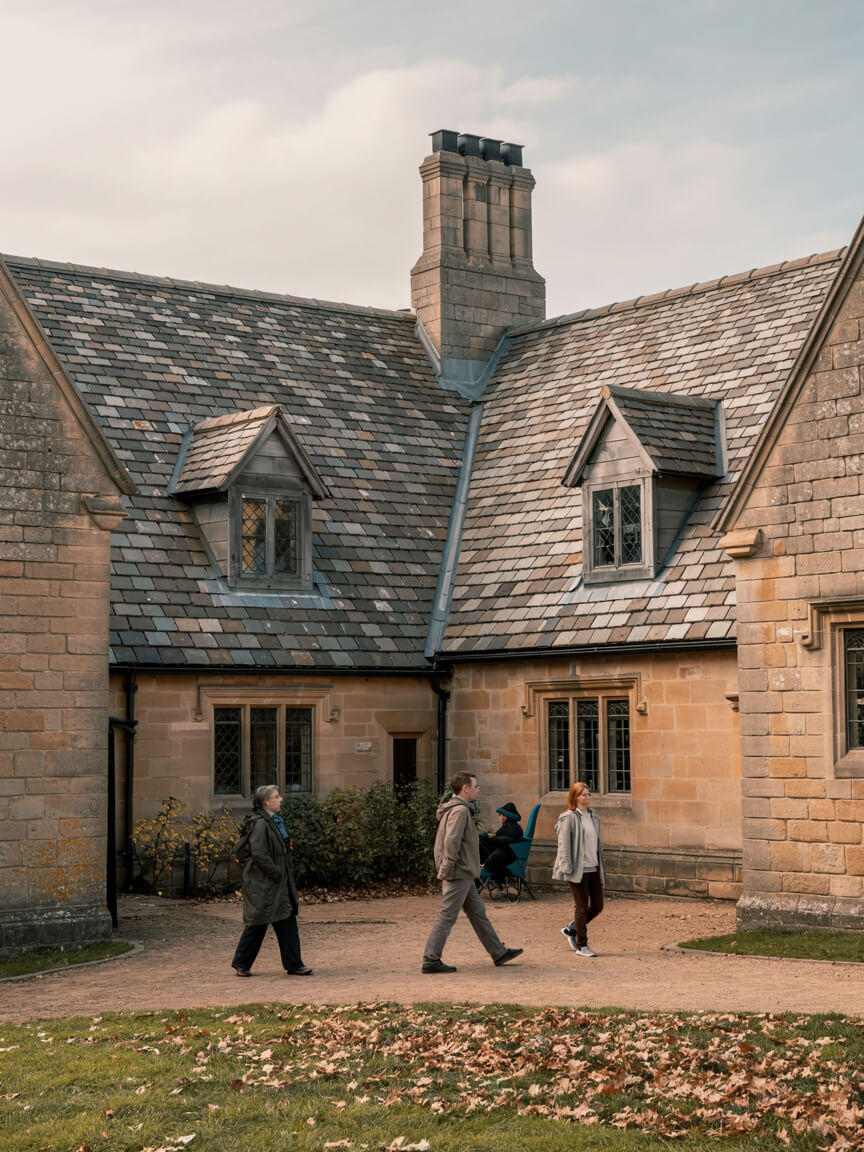
Every Roofing Services in East Grinstead project is adapted to property type, roof structure, and environmental demands. This approach ensures compliance, minimises disruption, and maximises long-term value. From homes and commercial sites to industrial premises and heritage buildings, our flexible methods meet unique requirements while delivering safety and reliability.
Homes, extensions, and listed buildings.
Offices, retail, schools, and hospitality.
Warehouses, factories, and logistics sites.
Every Roofing Services in East Grinstead project follows proven steps with quality materials. Whether for new builds, upgrades, or repairs, each layer is chosen for durability, safety, and efficiency—protecting your property and meeting regulations.
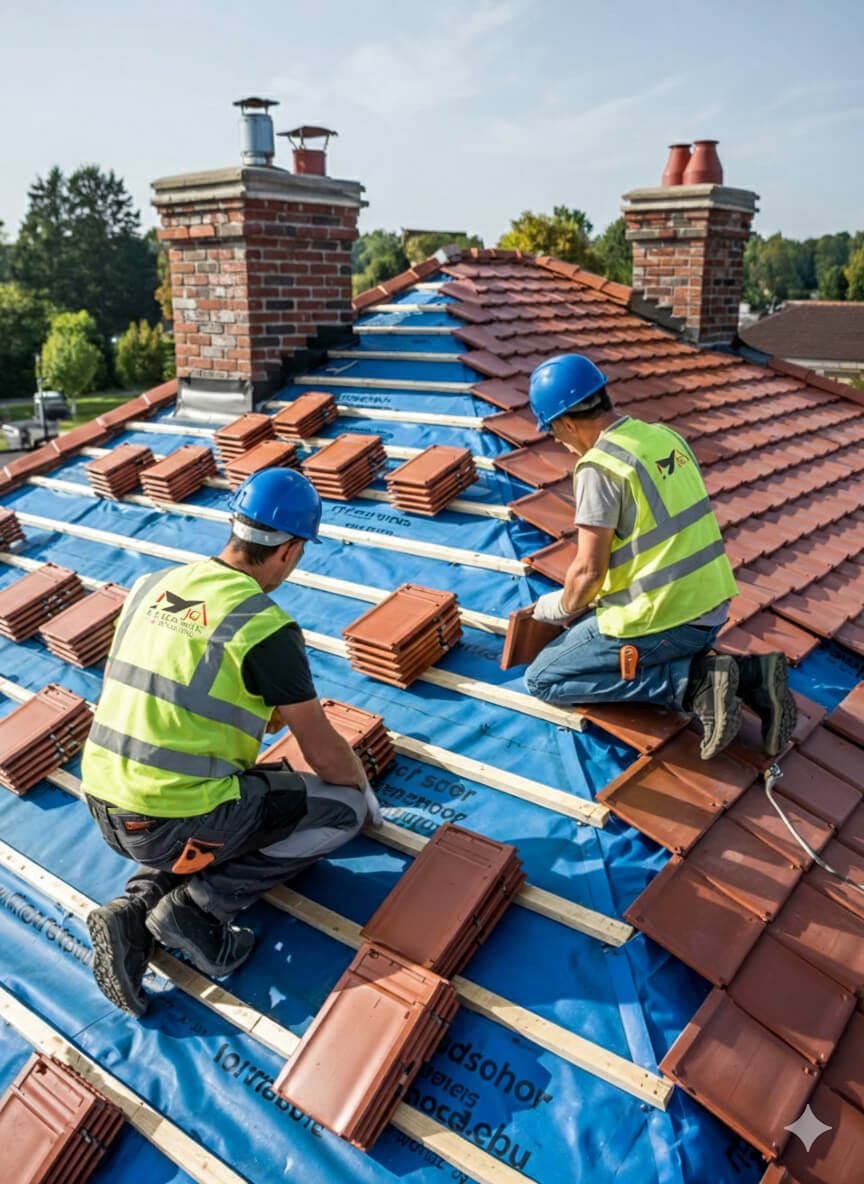
Get a free, no-obligation quote today.
Our experts are standing by to help you choose the perfect flat roofing solution.
⏱ Response within 24 hours guaranteed
Accredited by Which Trusted Trader, CITB, and approved by Kemper and Westwood, our team delivers safe, compliant, and warranty-protected Roofing Services in East Grinstead projects. These credentials mean guaranteed standards and long-term assurance—reinforced by the positive client reviews that consistently highlight quality, professionalism, and trust.


Complete reroofing. Living in Singapore at the time and T was super responsive and communicative.
Replacement of lead box gutter and new flashing to parapet wall. I had an excellent experience using James and the team. He was very prompt in all aspects of communication and completed a first class job. Really pleased.
James completed some repairs on our roof and replaced some of our pebble dash by the roof as well. He was very thorough and fixed everything. He kept us really informed by taking photos and showing us what he did and keeping us updated. It also went onto our neighbours roof and he did the same fo...
We had a leak in our bedroom and James fixed the roof for us to stop it from leaking. All the work came with a warranty. The work that was carried out was good. James and his team were polite, and did all the work quickly and without too much interruption to our day-to-day lives. Would recommend ...
J G Leadworks have repaired and replaced the roofs and gulleys over our warehouse and workshops which have meant both areas are now watertight
James and team were incredibly responsive to my request to look at a serious leak issue on my flat roof. They did a very thorough investigation and explained in detail the issue and gave a fair quote. They were quick to book in and complete the work and have checked in afterwards a few times to m...
James was quick to respond to the initial contact and was able to work around some time constraints I had. He explained what needed doing clearly and was happy to answer follow up questions. He took pictures to show each stage and I feel confident in the work that was done by James and the team. ...
JG Roofing were very easy to work with. Their quote was sensible and they stuck to that figure. They completed many repairs to my roof including, rebuilding a leaded gutter, reinforcing rotten rafters, rebuilding a long felted gutter and felting parapet walls, resurfacing and felting a flat roof,...
Planning and legal checks protect clients from costly errors, delays, and non-compliance, ensuring roofing projects meet regulatory and safety requirements.
Permission is typically required for listed properties, conservation areas, or major roof alterations. All projects must also satisfy Building Regulations, including Part A (structural safety) and Part L (energy efficiency), ensuring compliant and future-proofed installations.
Our team manages the full process, from initial surveys to legal guidance, preparing documentation, and liaising with local authorities where needed. Whether working on modern homes or heritage sites, we ensure every project is delivered legally, safely, and with minimal disruption—providing complete reassurance and peace of mind to property owners.

Every project unites skilled workmanship with rigorously tested materials.
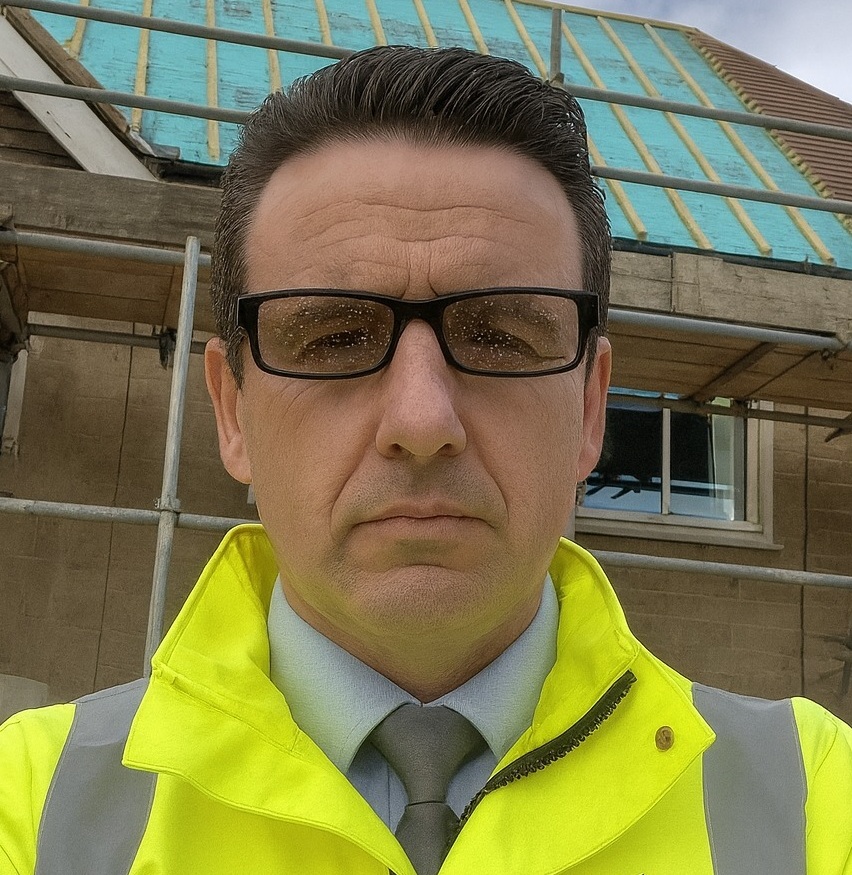
With 25 years of experience in lead sheet roofing, James is a trusted expert in heritage roofing, slate, and tiling. His knowledge of traditional methods, paired with modern compliance, makes him a go-to specialist for projects that demand both craftsmanship and durability.
Roofing Services in East Grinstead provides lasting protection, efficiency, and value, delivering durable, compliant roofing solutions that safeguard every type of property investment.
Selecting Roofing Services in East Grinstead involves balancing durability, budget, compliance, and aesthetics to secure the best-fit roofing solution for your property.
Why Clients Choose JG Leadwork and Roofing
With decades of trade experience, our teams understand the unique demands of London and Home Counties roofing. From heritage-listed properties to contemporary extensions, we adapt solutions to local regulations, weather conditions, and architectural styles with precision.
Accredited by Which Trusted Trader, CITB, and approved by Kemper, Westwood, IKO, ALM, and other leading suppliers.
These credentials guarantee safety, compliance, and access to manufacturer-backed warranties, giving clients peace of mind that their project meets the highest professional standards and benefits from warranty protection.
Our heritage projects use Welsh Slate and handmade clay tiles for authenticity, while leadwork is delivered to Lead Sheet Association (LSA) standards. Commercial installations employ Kemper and Westwood liquid systems for durability and efficiency. Each example demonstrates our reliability, blending traditional craftsmanship with modern performance.
Our workforce includes skilled roofers, heritage specialists, and safety-certified installers.
Every roofer holds NVQs, receives ongoing CPD training, and is qualified in both modern flat systems and traditional techniques, including slate and leadwork.
Team structure ensures projects run smoothly—surveyors identify needs, installers deliver with precision, and supervisors oversee compliance. This approach minimises disruption, accelerates timelines, and guarantees consistent quality across residential, commercial, and industrial roofing projects.
Every project is regulation-compliant, warranty-backed, and focused on long-term results.
Client testimonials and case studies confirm our track record, with projects praised for professionalism, durability, and customer support.
We go beyond installation with aftercare packages, maintenance support, and open communication at every stage. Property owners gain reassurance that JG Leadwork and Roofing stands behind its work. Book a free survey today and discover why homeowners, landlords, and businesses trust us with their roofing.

Get a free quote, rapid response, and expert service across London and the Home Counties. Contacting JG Leadwork and Roofing is your simple first step to dependable roofing solutions.
We source materials from leading suppliers including Supreme and IKO felt systems, Kemper, Westwood and Proteus liquid systems, Welsh Slate, handmade clay tiles, ALM Lead Mills, and Nicholson Air Track. These trusted brands guarantee durability, compliance, and warranty-backed performance across flat, pitched, heritage, and commercial roofing projects.
.
.
For homes, Roofing Services in East Grinstead safeguards comfort and enhances kerb appeal with durable, energy-efficient systems. Whether modern extensions or traditional pitched roofs, tailored solutions improve living standards and protect property value.
For businesses, Roofing Services in East Grinstead delivers cost-effective, large-scale installations with minimal disruption. Projects are planned around operations, with safety compliance, energy performance, and flexible scheduling built in—supporting offices, retail, schools, and industrial facilities with reliable, regulation-ready outcomes.
For heritage properties, Roofing Services in East Grinstead combines authentic materials such as Welsh slate, handmade clay tiles, and ALM lead with skilled conservation techniques. Listed building consent and conservation requirements are fully managed, ensuring traditional character is preserved while integrating modern weatherproofing. This careful balance provides long-term durability without compromising historic integrity or aesthetic value.
JG Leadwork and Roofing delivers Roofing Services in East Grinstead across housing, commercial, heritage, and public sectors. Every industry comes with unique requirements, from safety and compliance to efficiency and conservation. Our adaptability ensures projects are delivered with precision and professionalism—whether safeguarding homes, supporting business continuity, preserving history, or protecting critical public and healthcare facilities.
Durable roofing installed with minimal disruption, ensuring safe, regulation-compliant workspaces for staff and visitors.
High-standard, compliance-focused solutions protect community facilities while meeting strict safety and regulatory obligations.
Heavy-duty roofing tailored for wide spans, ventilation, and long-term maintenance efficiency.
Authentic materials and sensitive methods preserve historic character while adding modern protection.
Weatherproof systems that enhance kerb appeal and guarantee uninterrupted trading for outlets.
Tailored roofing improves guest comfort, safety, and ambience across hotels, restaurants, and venues.
Safe, durable systems designed for schools and universities with minimal learning disruption.
Specialist roofing solutions built for hygiene, safety, and regulatory compliance in medical environments.
Our team of NVQ-qualified roofers, LSTA-trained specialists, and health & safety-compliant professionals bring decades of combined experience. Every project is delivered with meticulous attention to detail, ensuring safe practices and consistent quality across flat, pitched, heritage, and commercial roofing disciplines.
Expertise includes heritage leadwork, slate and tile roofing, modern flat systems, and drone-assisted roof surveys. Ongoing CPD training ensures adaptability to both traditional craftsmanship and the latest innovations—giving clients confidence that every roof is built or repaired with proven skill and care.

A thorough survey highlights existing issues, structural considerations, and upgrade opportunities, ensuring the best-fit solution is identified from the very beginning.
Transparent, itemised quotes detail costs, timelines, and materials—giving you complete clarity and confidence before work starts, with no hidden surprises.
Scaffolding, access solutions, and robust safety measures are put in place to safeguard both property and people throughout the project.
Skilled roofers complete the work using accredited materials and proven techniques, delivering durable, compliant results while keeping disruption to a minimum—whether for repairs, replacements, or new installations.
Each stage is inspected against manufacturer standards and Building Regulations, with photographic documentation provided for transparency and peace of mind.
Each stage is inspected against manufacturer standards and Building Regulations, with photographic documentation provided for transparency and peace of mind.
In a competitive roofing market, many providers look the same on paper. JG Leadwork and Roofing stands out through proven expertise, accredited methods, and specialist techniques. Our combination of traditional craftsmanship and modern technology makes us the safer, smarter choice across residential, commercial, industrial, and heritage projects.
In a competitive roofing market, many providers look the same on paper. JG Leadwork and Roofing stands out through proven expertise, accredited methods, and specialist techniques. Our combination of traditional craftsmanship and modern technology makes us the safer, smarter choice across residential, commercial, industrial, and heritage projects.

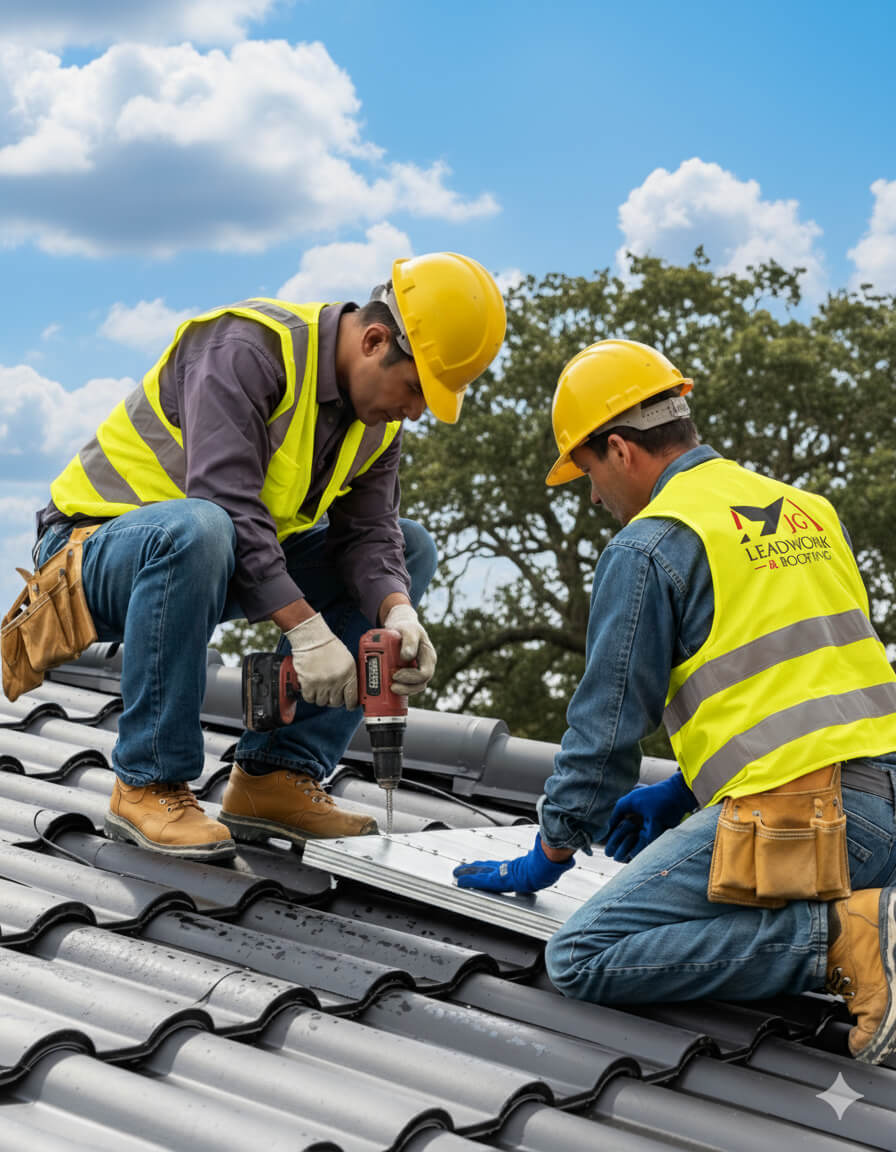
At JG Leadwork and Roofing, every project follows a structured QA process. Each stage—materials, installation, safety, and final sign-off—is measured against manufacturer specifications and UK Building Regulations to ensure durability, compliance, and warranty-backed performance across all roofing services.
Projects are only signed off once all QA checks are complete, giving clients confidence in long-term performance, structural safety, and insurance-backed peace of mind.
Every Roofing Services in East Grinstead project by JG Leadwork and Roofing is delivered in strict alignment with UK Building Regulations and recognised frameworks. This ensures structural safety, energy efficiency, durability, and protects warranties and insurance coverage across residential, commercial, industrial, and heritage properties.
Clients can be confident their project is completed legally, safely, and insurance-ready—delivering long-term performance, compliance assurance, and complete peace of mind.
Property owners often wonder about Roofing Services in East Grinstead—from costs and timescales to permissions. Below, you’ll find straightforward, trustworthy answers to the most frequent and practical queries.
Roof leaks following heavy rain are usually the result of specific faults or gradual deterioration within the roof system. For property owners and professionals in East Grinstead, understanding the underlying causes is crucial—not just to prevent interior water damage and mould, but also to avoid insurance disputes and escalating repair costs. Below, you’ll find a root-cause breakdown linking each technical factor to practical symptoms, risks, and inspection methods relevant to UK properties.
The primary shielding against rain in pitched and flat roofs comes from surface elements—tiles, slates, or membranes—paired with high-grade underlays. Over time, these materials can deteriorate due to UV exposure, physical wear, wind uplift, or seasonal freeze–thaw cycles (expansion/contraction stresses during winter). When a tile or slate cracks, slips, or shifts, it leaves an exposed pathway for rainwater. Flat roofs reliant on felt, EPDM (rubber), or GRP (fibreglass) membranes may develop blisters, splits, or failed seams, especially if installation was rushed or poor substrate preparation occurred.
Symptom: Water ingress is often first noticed as brown stains on ceilings, peeling paint, or damp timbers in the loft. Without intervention, the risk escalates to rotten rafters, compromised insulation, and eventual structural damage. In heritage roofing, even small membrane failures can quickly lead to internal plaster damage and loss of historic finishes.
Flashing refers to thin metal (commonly lead) or proprietary products used to seal junctions around chimneys, roof valleys, abutments, and skylights. In the UK, improper flashing installation or ageing leadwork can fail to expand and contract with the building, eventually cracking or pulling away. When flashing is missing, corroded, or simply lapped incorrectly, water exploits the gap—often tracking sideways under the roof covering (capillary action) and bypassing defences.
Spotting flashing faults: Look out for telltale streaks down chimney breasts, damp at loft perimeters, or musty odours near fireplaces. Even moss growth around flashings can signal persistent hidden moisture. If the flashing edge is not neatly embedded into brick joints (or has gaps), it’s likely no longer watertight. Repeated leaks at the same location—even after tile replacement—nearly always point to a flashing defect.
Even with intact surfaces, certain design or site factors create long-term risk. Flat roofs pitched below 1:80 can suffer from ponding—rainwater that stands for 48+ hours—accelerating membrane breakdown. Blocked gutters or downpipes encourage water overflow and backflow under tiles. Inadequate ventilation or insulation creates “cold spots” within lofts or roof voids, leading to interstitial condensation: water vapour condenses on cold surfaces (rafters or felt), mimicking a leak. In East Grinstead, prevailing wind-driven rain can push moisture sideways through lap joints not designed for such exposure.
UK Building Regulations (Part L) stress the importance of correct insulation and controlled ventilation to limit condensation and associated timber rot. Poor design choices made decades ago—like cemented valleys or lack of drip edges—compound these risks.
Effective diagnosis starts with a thorough visual survey during or just after rain. Externally, look for slipped, broken, or missing tiles; uplifted roof edges; cracked flashings; blocked outlets; ponding on flat roofs; and staining around junctions. Internally, loft inspection with a moisture metre can locate cold, damp timbers. Deep-seated or elusive leaks may require a borescope (small camera), drone survey for chimney/valley details, or sampling the flat roof’s core for trapped moisture.
| Root Cause | Symptom | Long-Term Risk | Indicative Remedy |
|---|---|---|---|
| Membrane breach | Ceiling stains, drips | Timber decay | Replace tiles/membrane section |
| Flashing failure | Damp near chimneys/walls | Plaster collapse | Re-bed or renew flashing |
| Ponding/vent failure | Persistent damp/musty loft | Rot, insulation loss | Improve falls, unblock outlets |
| Poor ventilation | Loft mould, timber stains | Structural weakening | Add vents, upgrade insulation |
Every owner—whether residential, commercial, or overseeing heritage stock—should schedule annual roof checks, especially after storms or snow. Catching these root causes early protects both your building fabric and your budget.
The cost difference between slate and tile roofing for properties in East Grinstead, and across the UK, goes much deeper than material prices alone. Your decision determines not only your upfront expenditure but also ongoing maintenance, compliance with UK building regulations, and your property’s future value. For property owners, contractors, and developers, it’s crucial to understand how these materials stack up against each other—especially when navigating standards like BS 5534 and Part L of the Building Regulations. Here’s a structured breakdown of the most significant factors.
Material price per square metre (m²) is often the most publicised difference. As of 2024, natural slate usually ranges from £75–£110/m² (supply only), while concrete or clay tiles tend to fall between £35–£60/m². Slate carries a higher price tag because of its traditional look and ability to last 80–120 years. By comparison, most tile roofs are designed to last 40–60 years before major renewal is likely. It’s essential to see this as an investment calculation: a longer-lasting roof may cost less per year when total cost of ownership is considered.
Installing a slate roof involves individually sizing, drilling, and fixing every slate, which demands skilled labour and strict adherence to BS 5534—the code governing roof wind resistance and safe fixing. This process is more intricate than tile roofing, where modern interlocking tiles enable quicker coverage and less specialist skill. As a result, total labour costs for slate can be double those of tiles, especially where the roof is complex or needs traditional detailing. The need for experienced tradespeople also increases costs for heritage or architecturally sensitive sites.
Both roof types are subject to current UK rules under Part L—which sets minimum standards for insulation and energy efficiency. All new roofs must meet a U-value requirement (maximum 0.18 W/m²K), meaning the roof must be designed to limit heat loss. Achieving this can require additional insulation materials and vapour barriers, especially with slate, which is thinner and may need more build-up below. Regardless of material, all components must comply with BS 5534 for wind load and durability, which can sometimes mandate enhanced specification for battens, membranes, and fixings.
In conservation zones or listed buildings, planning authorities may require natural slate or matching alternatives, even when tiles are less expensive. This preserves local character but often drives up both materials and specialist installation fees. The local climate matters as well: in areas exposed to strong wind or frequent rain, slate’s strength and resistance to water ingress can be a long-term asset. Regulatory approval may further influence your options, particularly in historic or visually sensitive settings.
Here’s a compact comparison table to inform your roof material choice:
| Factor | Slate Roofing | Tile Roofing | Why it Matters |
|---|---|---|---|
| Material Cost (m²) | £75–£110 | £35–£60 | Higher cost, but longer lifespan |
| Lifespan (years) | 80–120 | 40–60 | Influences long-term value |
| Labour Complexity | High (expert skill) | Standard (faster) | Affects overall budget |
| Regulation Compliance | BS 5534, Part L, heritage focus | BS 5534, Part L | Ensures legal and warranty security |
| Planning Restrictions | High in historic zones | Fewer heritage constraints | Can limit or dictate material choice |
Every roofing project demands a tailored approach—balancing up-front costs against expected service life, regulatory hurdles, and the risk of future compliance issues. Prioritise materials and methods that satisfy both aesthetic goals and the full scope of UK building regulations to avoid unplanned expenses later.
For most homes and commercial properties in East Grinstead, a typical roof installation can be completed within a few days, but the exact timeline depends heavily on roof type, property size, access, and seasonal weather. On average, a standard pitched roof on a semi-detached house takes about 3–5 days, while flat roofs or more complex heritage restorations may require up to two weeks. This timeline matters for cost planning, minimising disruption to occupants or businesses, and safeguarding building integrity against weather exposure. Knowing what to expect helps homeowners, landlords, facility managers, and heritage custodians coordinate logistics and manage expectations, especially when access and safety are key considerations.
The duration of a roof installation varies according to the design and materials involved. For a straightforward pitched roof using standard tiles or slates, the process usually begins with scaffolding and removal of existing covering, followed by laying underlay membranes, installing battens, placing tiles or slates, and finishing with verge, ridge, and flashing details. Here’s a breakdown of average timelines under typical UK conditions:
Each project includes preparation and weatherproofing phases, with rain or extreme cold sometimes pausing works to ensure safe, compliant results.
Several key factors can stretch or condense the installation schedule beyond the averages. Roofs on large or unusually shaped properties—such as period homes or warehouses with valleys, hips, or dormers—require more detailed labour, specialist access, and more complex logistics. Difficult property access (e.g., shared drives, mature gardens, nearby power lines) may mean extra time for scaffold setup and material handling.
Seasonal weather is a critical factor:
When planning roof works, factor in both the property’s physical features and the forecast to avoid unpleasant surprises.
Professional roof installations are built to last, but even the best system needs regular care. For pitched tile or slate roofs, a visual inspection every five years is generally recommended, with annual checks after severe weather or if moss growth is common. Flat roofing systems (felt, EPDM, or liquid-applied) should be inspected every 2–3 years, focusing on drainage outlets, perimeters, and vulnerable joints where water may gather.
Key maintenance tasks include:
For properties under warranty, documented inspections and minor repairs are often required to maintain cover. Proactive maintenance helps catch small defects before they become expensive structural issues.
Different roofing materials have markedly different expected life cycles and maintenance burdens. Consider the following common types:
| Material | Typical Lifespan | Inspection Frequency | Maintenance Needs |
|---|---|---|---|
| Slate | 80–100 years | Every 5 years | Minimal—replace cracked slates |
| Clay Tile | 50–80 years | Every 5 years | Inspect for chips, reset ridge |
| Felt | 10–20 years | Every 2 years | Seal edges, patch blisters |
| Liquid | 25–40 years | Every 3 years | Inspect joints, recoat as needed |
| EPDM | 20–30 years | Every 2–3 years | Sweep debris, check for punctures |
Long-lasting roofs rely on the right product for the setting, correct installation (e.g., thermal expansion joints, which are planned spaces or materials that absorb movement due to temperature changes), and consistent, scheduled upkeep.
Choosing between roof repair and replacement can be daunting—especially as costs and warranty protection shape both your financial risks and long-term property value. If you’re a homeowner, landlord, or running a local business, getting clarity on pricing, warranty cover, and which installer to trust is key to safeguarding your assets and avoiding future headaches.
Roofing costs across East Grinstead depend on several practical factors:
| Service Type | Typical Range (UK) | Key Influences |
|---|---|---|
| Roof Repair | £250 – £1,200 | Damage type, access, materials |
| Roof Replacement | £5,000 – £15,000+ | Size, structure, insulation, finish |
A clear written breakdown—detailing labour, materials, and contingencies—removes the guesswork and protects your budget.
An insurance-backed warranty acts as a financial shield for your roof. Typical UK policies now span 10–20 years and include:
Warranties tied to Part L compliance—the legal standard for energy efficiency—not only protect resale value but also satisfy insurers that insulation and performance are up to code. If a roof replacement skips necessary insulation or isn’t certified, you may face problems with insurance, mortgage lenders, or property valuation down the line.
Who fits your roof matters as much as what goes on it. An accredited installer—holding NVQs, CITB certificates, and recognised memberships like Which Trusted Trader or CompetentRoofer—offers you:
When you choose a fully qualified specialist, you gain peace of mind—knowing your investment is protected and any warranty claims are handled smoothly.
Saving today can mean payback tomorrow:
Any quote that omits compliance, shortcuts upgrades, or can’t provide full warranty details invites exponentially higher costs and exposure in future. Paying for skilled, certified, and warranty-backed work is the only way to truly protect your property investment.